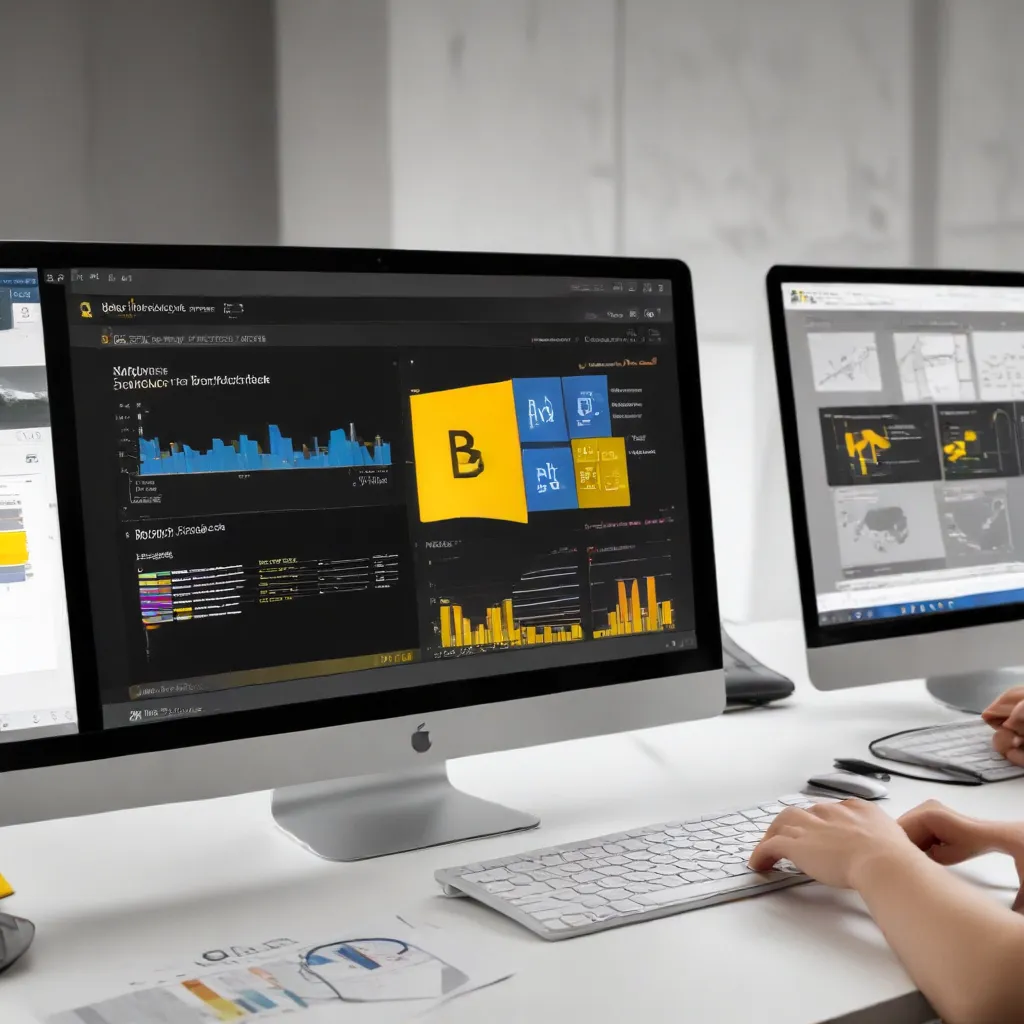How to Use Microsoft Dynamics for Business Management
As a business owner, you want to make sure your business runs smoothly and effectively. One of the tools you can use to achieve this is Microsoft Dynamics. This software is designed to help businesses manage their finances, operations, and customer relationships. In this article, we will discuss how to use Microsoft Dynamics for business management.

Introduction to Microsoft Dynamics
Microsoft Dynamics is a suite of enterprise resource planning (ERP) and customer relationship management (CRM) software applications. It is designed to help businesses of all sizes streamline their operations and improve their bottom line. Microsoft Dynamics is made up of several modules, each with its own set of features and capabilities.
Benefits of Using Microsoft Dynamics
One of the biggest benefits of using Microsoft Dynamics is its ability to integrate with other Microsoft products, such as Office 365 and Power BI. This allows businesses to work more efficiently and effectively by leveraging the power of the Microsoft ecosystem.
Another benefit of using Microsoft Dynamics is its scalability. As your business grows and evolves, you can easily add new modules and features to your Microsoft Dynamics system to meet your changing needs.
Getting Started with Microsoft Dynamics
To get started with Microsoft Dynamics, you first need to choose the modules that best suit your business needs. Some of the most popular modules include:
- Financial Management: This module allows you to manage your finances, including accounts payable and receivable, general ledger, and cash management.
- Operations Management: This module helps you manage your supply chain, including inventory management, production control, and procurement.
- Sales and Marketing: This module helps you manage your customer relationships, including sales automation, marketing automation, and customer service.
Once you have chosen your modules, you can then begin the implementation process. This involves setting up your system, configuring your modules, and training your staff.
Using Microsoft Dynamics for Business Management
Once your Microsoft Dynamics system is up and running, you can begin using it to manage your business. Here are some of the ways you can use Microsoft Dynamics for business management:
Financial Management
With the Financial Management module, you can:
- Manage your finances and cash flow
- Track your expenses and revenue
- Create financial reports and forecasts
- Manage your budget and financial planning
Operations Management
With the Operations Management module, you can:
- Manage your supply chain and inventory
- Automate your production processes
- Manage your procurement and purchasing
- Streamline your logistics and distribution
Sales and Marketing
With the Sales and Marketing module, you can:
- Manage your sales pipeline and opportunities
- Automate your marketing campaigns
- Provide customer service and support
- Analyze your customer data and insights
Conclusion
Microsoft Dynamics is a powerful tool for business management. By choosing the right modules and features, you can streamline your operations, improve your bottom line, and grow your business. Whether you are a small business owner or a large enterprise, Microsoft Dynamics has something to offer. So why not give it a try and see how it can help you manage your business more effectively?












